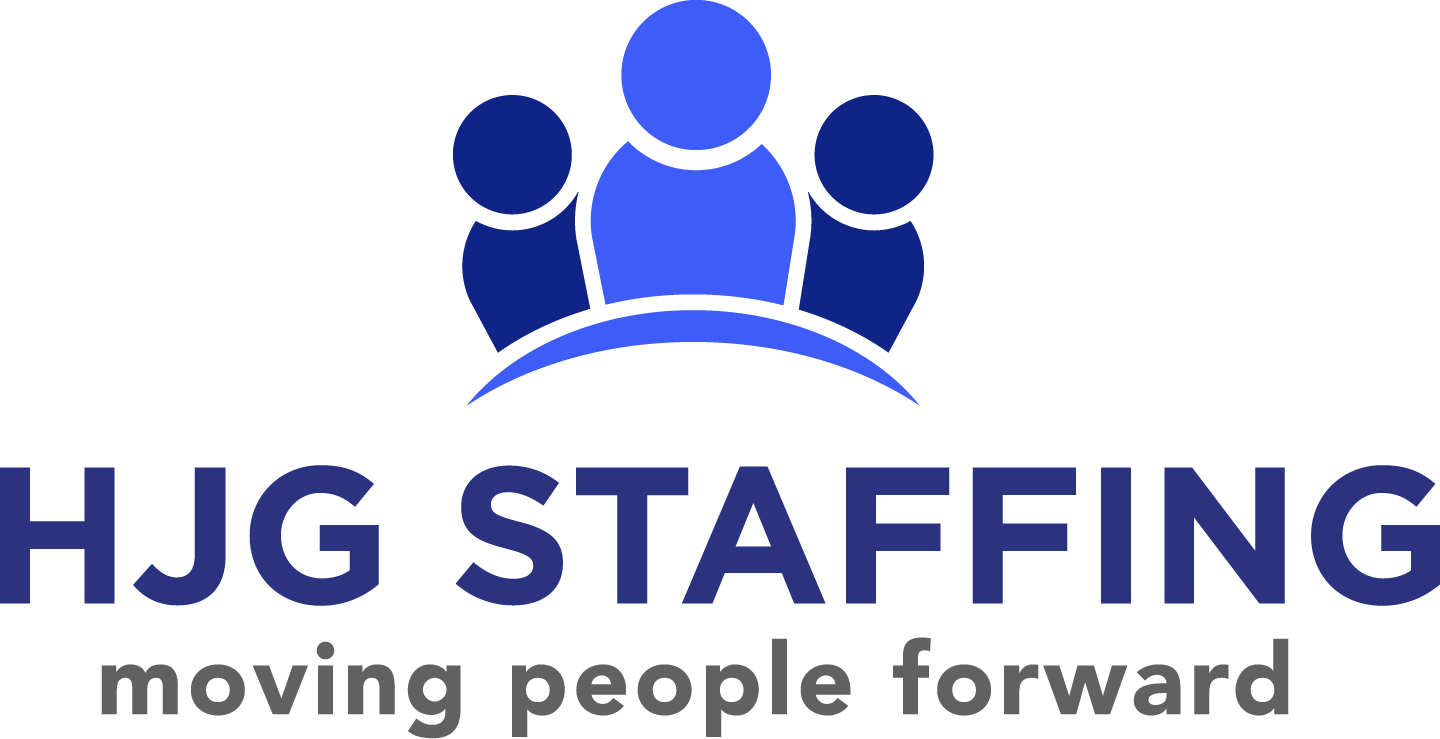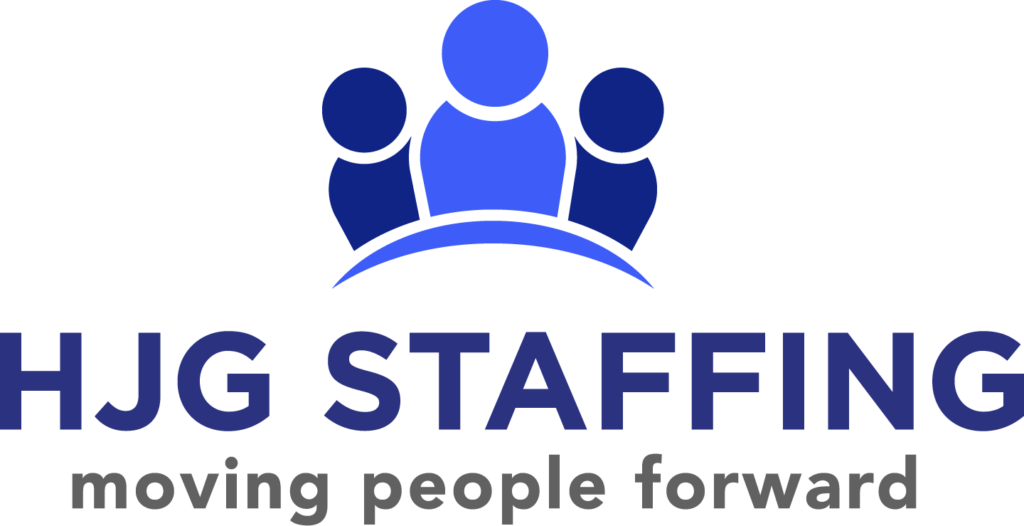At some point or another, most people face a period of burnout in their lifetime. While burnout exists on a spectrum and can be onset by various causes, luckily, it can be eliminated or greatly reduced. Burnout can look and feel different for everyone; however, mental and physical exhaustion are key indicators. It is important to check with professionals to ensure feelings of burnout are not tied to other illnesses. Otherwise, if burnout has made its way to you, give the following steps a try:

Identify the Source(s):
While identifying sources of stress and exhaustion in life may not be a preferable way to spend free time, it can be imperative to improving your life. Like a physical injury, identifying the source of pain assists in healing the problem. Even taking 5 minutes to stop and reflect can make an improvement.
Sarah, a Teacher’s Assistant, says, “I felt burnt out but couldn’t figure out why. I was in school working towards my goals. After taking time to reflect, I realized I hadn’t taken an extended break for almost 3 years. I started regularly scheduling “break days” to set aside moments purely for rest and relaxation.”

Sometimes, the source is simple to identify; other times, overwhelm and stress in various areas can hinder the identification process. Luckily, there are solutions for this.
Try Cognitive Behavioral Therapy Apps:
Cognitive Behavioral Therapy is used by countless professionals. The purpose of this is to pay more attention to the thoughts that otherwise might go unnoticed. In doing so, it becomes possible to identify the thoughts that evoke certain emotions and personal beliefs. Luckily, you don’t have to see a professional to reap the benefits of CBT. There are books, apps and even free printouts available to act as a guide.
Analyzing and classifying sources of burnout isn’t always straightforward. Sometimes, the stress of life is too exhausting to even begin the process. However, CBT allows the tracking of thoughts. This means that by tracking your thoughts, patterns can be recognized, and stressors revealed.

“Through my experience using a CBT tracking app, I was able to see a repeated cycle of thought and feeling. I would log that I was bored with my work tasks, which caused frustration. I knew this was the case, but I didn’t realize how often I felt this way,” says David, an Insurance Broker. Because of CBT, David was able to see a clear map of his stressors and make changes.
Make Changes:
This step might sound obvious, but change is often uncomfortable and even scary. While recognizing sources of burnout is important, ultimately nothing changes if steps aren’t taken. Change can also feel overwhelming, so it is important to break it down into smaller pieces. For instance, if your job is a source of major stress, hopefully you’ve identified the specific stressful aspects of your job. Perhaps it is worth looking into another job, or it could be as simple as speaking to your manager.
If stepping into change creates internal discomfort, mapping out steps to achieve your goal can reduce distress. The ultimate idea is to produce life-enhancing solutions.

Sample:
Stressors:
I am late picking up the kids from school because of traffic.
Steps for Change:
1. Ask manager to leave 30 minutes early on my pickup days.
2. Look into carpool options.
3. See if the kids are interested in any after school activities.
Go Outside:
The power of nature and fresh air is transformative. Working indoors for most of the sunlit hours can make it difficult to go outside. If you can find the time to go outside, even if it means drinking your morning coffee on the patio or balcony, you might notice major changes in mood. Vitamin D is essential for mood and health, and even cloudy days offer the sunlight we need.
Being outdoors is also an opportunity to unplug. “I work from home and started eating lunch on my balcony. I love being outside but get so caught up in my work that I often put it off and never get around to it. Now, I eat my lunch outside and take that time to reflect and breathe,” says Emma, a wedding planner.

According to the American Psychological Association, “From a stroll through a city park to a day spent hiking in the wilderness, exposure to nature has been linked to a host of benefits, including improved attention, lower stress, better mood, reduced risk of psychiatric disorders and even upticks in empathy and cooperation.” Even starting small, at 5 minutes a day, can have a positive impact on well-being.
Rest:
It seems the most obvious choice: when you’re exhausted, rest. However, the United States, among other countries, tends to prioritize a culture of productivity and non-stop work. Even when we have free time, many of us are plagued by the mindset that we are wasting precious hours by “doing nothing.” While this ingrained mindset may not change overnight, try to remind yourself that rest is productive. In fact, we need rest to complete our tasks and live healthy lives.
Rest doesn’t always mean sleeping, either. Rest is anything that brings peace and relaxation into your life. For instance, meditation could be a form of rest, as well as journaling, walking, or sitting outdoors. Moments of pure rest and presence offer the opportunity to connect with ourselves and the world around us.

In a culture of glorified busyness, it is no wonder that 77% of people claim to have experienced burnout at their current job (Apollo Technical). Stress can be an inevitable part of life, but it can also cause burnout when unaddressed. Categorizing stressors and trying Cognitive Behavioral Therapy are effective first steps to making change. These steps, combined with remembering to prioritize yourself and taking time to rest can offer a path to healing and self-love.

May is Mental Health Awareness Month. If you or anyone you know is suffering, please see the following resources: https://www.nimh.nih.gov/health/find-help



